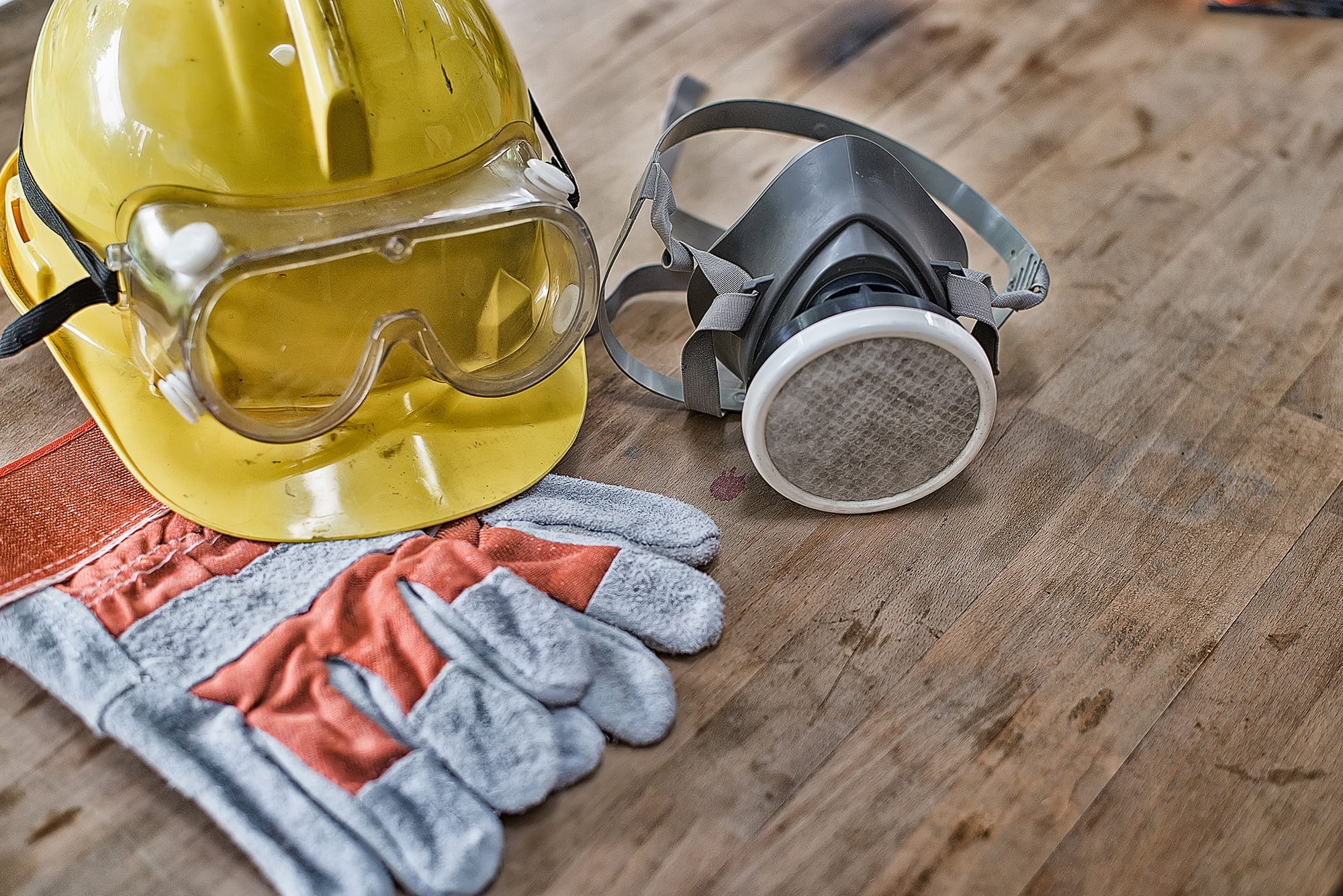 Safety is paramount, which is why many workplaces develop a personal protection equipment (PPE) program specifically designed for employees who work in potentially hazardous conditions. Without an effective PPE program in place, workers could be in danger of various hazards such as arc flashes or falling objects.
Safety is paramount, which is why many workplaces develop a personal protection equipment (PPE) program specifically designed for employees who work in potentially hazardous conditions. Without an effective PPE program in place, workers could be in danger of various hazards such as arc flashes or falling objects.
This blog post talks about how safety managers can create successful PPE programs for their workers.
Purchase quality protective gear
The first goal is to ensure workers have necessary PPE gear that complies with governmental regulations. Additionally, employers should discourage the use of cheaply made PPE gear, which can prove dangerous.
Read more in our recent blog post, “Cheap FR clothing not worth the risk: 10 flame-resistance tips before you buy.”
Know the standards, evaluate the risks
Safety managers should consider every variable when designing a comprehensive PPE program, starting first with the standards tied to their industry.
According to the Occupational Safety and Health Administration (OSHA), these markets alone have different PPE requirements and best practices:
- Construction
- Utility
- Industrial
- Shipyard
- Marine
While no work site is the same, safety managers should evaluate all potential hazards. This step can be completed by conducting a workplace survey that asks for employee feedback and opinions. It’s then up to safety managers to decide how PPE and accompanying safety approaches can ensure a safe work operation while meeting workers’ needs.
Additionally, OSHA recommends workers use PPE that meets safety standards from the American National Standards Institute (ANSI).
How to create an effective PPE program – take the right steps
Your journey toward an effective PPE program should include the following steps:
- Select suitable PPE
- Provide proper training
- Maintain management support
- Conduct regular PPE audits
- Roll out in gradual phases
By introducing a PPE program with these actions, you give workers a chance to get accustomed to their new requirements. You also ease them into new habits, helping them become involved in the program’s development by giving them a chance to share invaluable input.
Related posts
4 easy construction safety tips: Best practices to avoid job site hazards
Material management professionals help maximize productivity, efficiency